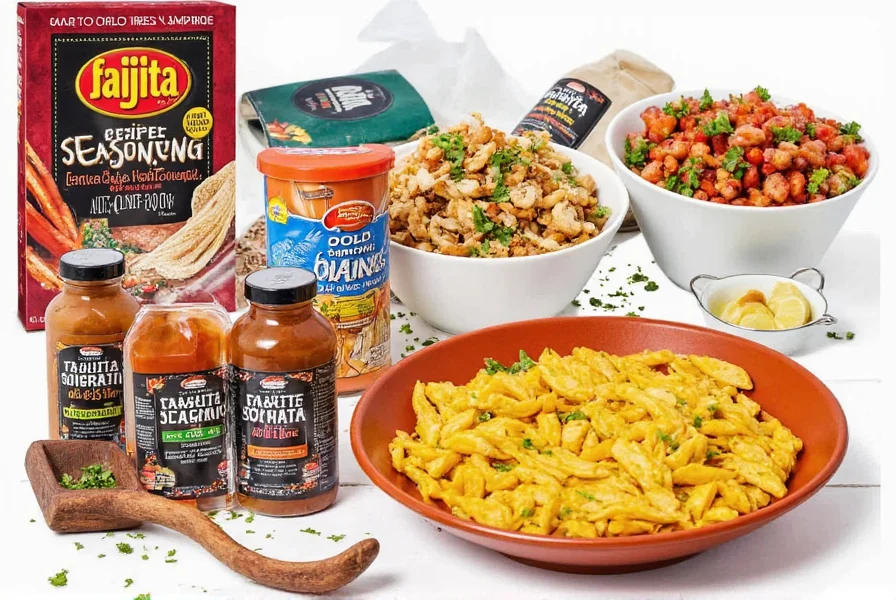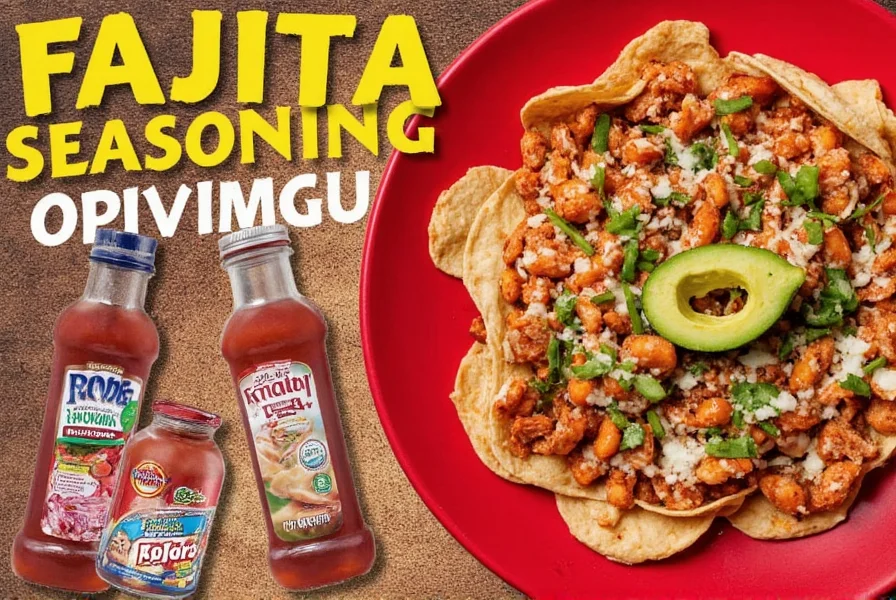5 Essential Fajita Seasoning Tips for Perfect Flavor Every Time
Discover the top 5 expert tips for using fajita seasoning like a pro. From marinating to toasting, these techniques will transform your fajitas from ordinary to extraordinary. Here's how to master each one:
- Marinate Ahead for Deep Flavor Penetration
Rub the seasoning into your protein (chicken, beef, shrimp, or tofu) and let it sit for at least 30 minutes, or ideally overnight. This allows the spices to fully penetrate the meat, creating a more intense and balanced flavor profile. For best results, use a ziplock bag to ensure even coating and prevent drying.
- Dry vs. Wet Rubs for Perfect Texture
For crispy edges and better searing, use a dry rub (just seasoning + protein). For juicier results, mix the seasoning with 1 tablespoon of oil or lime juice per pound of protein to create a paste. The moisture helps prevent burning during high-heat cooking while keeping the meat tender.
- Toast the Blend Before Use
Heat the dry seasoning in a small pan over medium heat for 1-2 minutes until fragrant. This unlocks the essential oils in the spices, intensifying their aroma and flavor. Immediately add to your protein or mix with oil to prevent burning. Never skip this step for maximum flavor impact.
- Layer the Flavor Throughout Cooking
Don't just season the protein—sprinkle seasoning on onions and peppers as they sauté, and finish with a final dusting over the cooked dish. This multi-layered approach creates depth and complexity that single-seasoning applications can't match. For extra brightness, add fresh lime juice at the end.
- Experiment Beyond Traditional Proteins
Use fajita seasoning on roasted potatoes, grilled corn, popcorn, or even avocado toast for a delicious twist. For vegetarian options, try it on portobello mushrooms or tofu for smoky, savory depth. The versatility of fajita seasoning makes it perfect for creative culinary experiments beyond traditional fajitas.

These 5 tips will help you master fajita seasoning like a professional chef. Whether you're cooking for family dinners or hosting a fiesta, these techniques ensure bold, restaurant-quality flavor every time.











 浙公网安备
33010002000092号
浙公网安备
33010002000092号 浙B2-20120091-4
浙B2-20120091-4